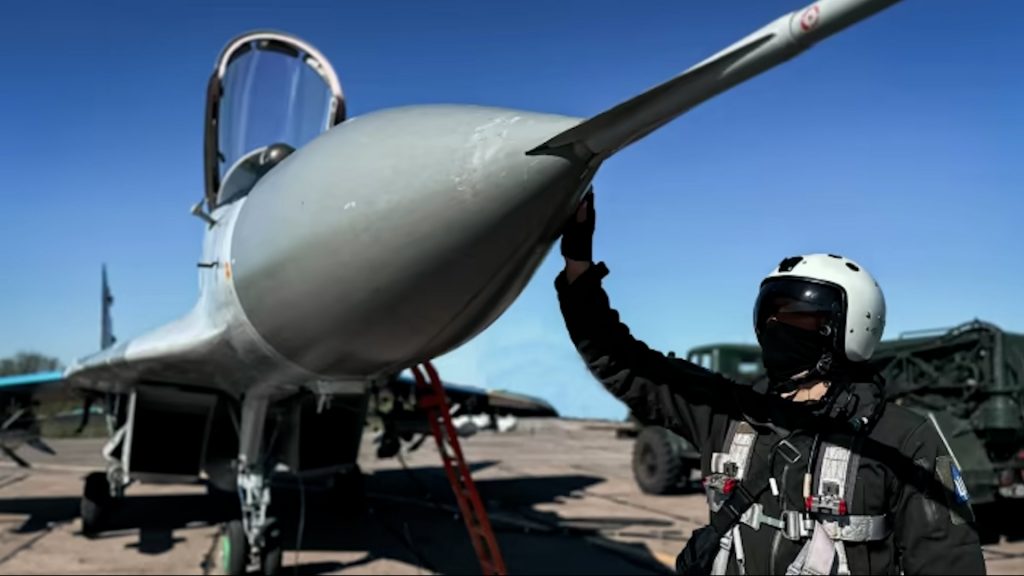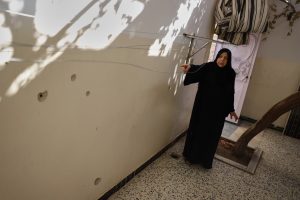MiG vs. Machine: Ukraine confronts Russia’s AI-equipped Shahed drones

Ukraine’s Air Force shared footage this week showing a MiG-29 pilot intercepting a Russian Shahed drone during a night operation. The footage confirms the country’s expanding efforts to defend against increasingly advanced threats.
The pilot, callsign “Denfix,” used an air-to-air missile to destroy the drone mid-flight. He serves with the Sevastopol Tactical Aviation Brigade under Air Command West. He has reportedly downed more than 20 enemy drones and cruise missiles.
The strike comes as Ukraine faces Russia’s evolving drone fleet, which now includes Iranian-designed Shahed variants with artificial intelligence, thermal imaging and anti-jamming capabilities, according to drone experts and Ukrainian officials, cited by ABC News.
What upgrades have been found in Russian Shahed drones?
Debris from recent attacks shows Russia deploys modified Shahed-236 drones equipped with thermal cameras, AI-assisted targeting systems and communication links that allow real-time control from ground operators.
One model recovered in Ukraine had eight antennas, twice the usual number, making it more resistant to electronic jamming. Analysts also found a powerful Nvidia Jetson computing board embedded in the drone’s optical module, enabling autonomous targeting.
The drones, which lack Russian manufacturing markings, appear to follow Iranian labeling formats, suggesting they originate from early Iranian production runs and are not Russian-built variants. Ukrainian and international experts believe these enhancements are part of a broader effort to increase strike precision and reduce interception.
How is Ukraine adapting to the new threat?
Ukraine’s Air Force has formed specialized drone interceptor units under Air Command West to counter the advances. These teams use FPV drones and larger fixed-wing platforms launched by catapult. Pilots, mechanics and engineers train to detect and destroy enemy UAVs near active combat zones.
Russia’s drone strikes have grown more effective. Ukrainian data show that by June 2025, up to 16% of Shahed drones reached their targets, up from just 6% in late 2024, according to an Associated Press report.





